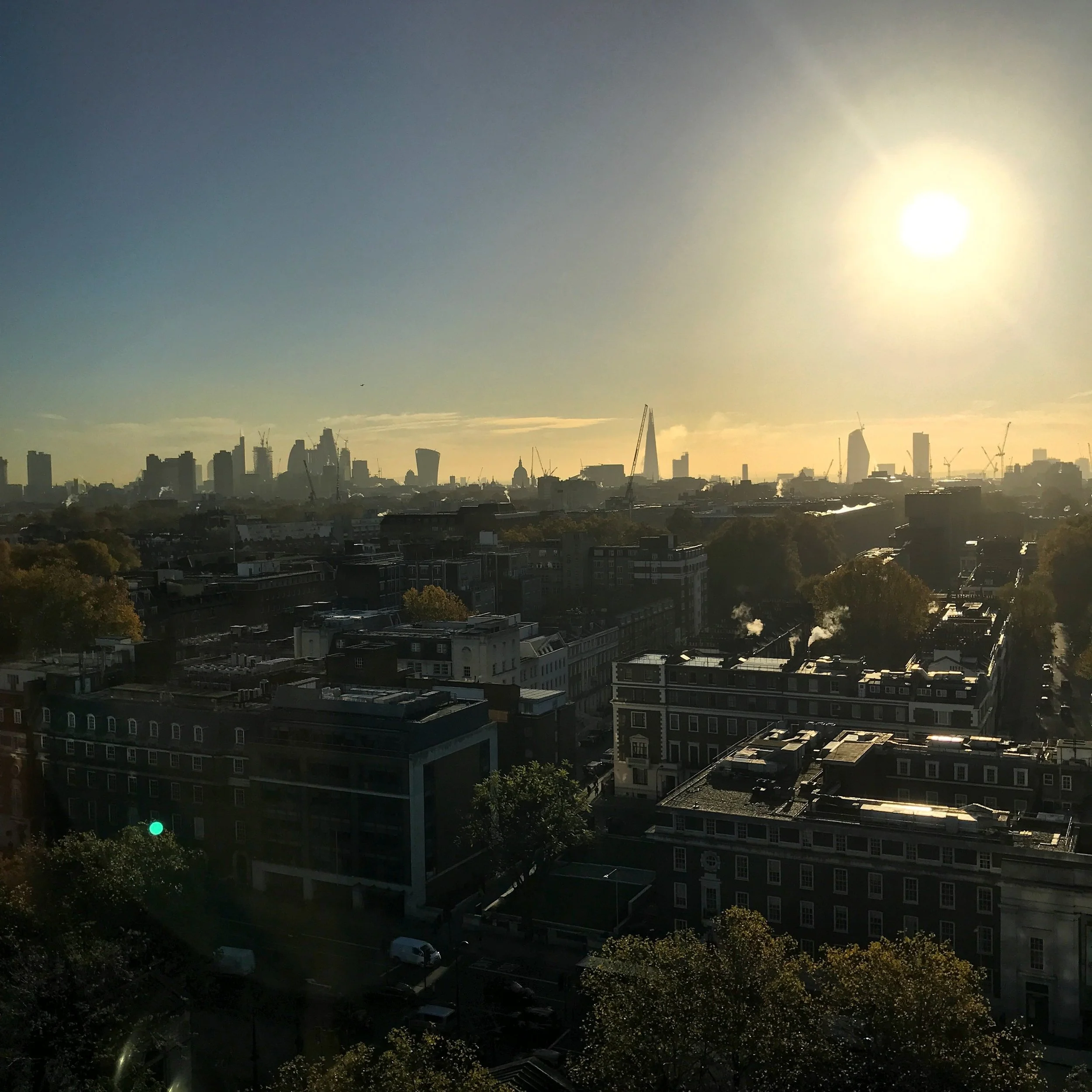When we think of railways in Africa, we might imagine gigantic post-colonial steam trains, bouncing along old rickety tracks in clouds of dust, steam and smoke.
Image Credit John Gaydon
Yet Morocco is smashing that picture, operating a successful, modern, high speed railway.
Africa’s first high speed rail line, running from Tangier to Rabat, has just recently celebrated its first anniversary. And Morocco’s national operator, Office National des Chemins de Fer (ONCF), have plans to extend the rail network to 20 cities and 14 airports by 2040.
Both Egypt and South Africa have plans in place for new high-speed rail routes. And all across the South-Asia Pacific there are high-speed rail projects.
So, are we seeing the start of a high-speed rail boom? To answer this question, we need to look at some context.
A brief history of railways (and high speed railways in particular)
Railways were pioneered in the UK, during the industrial revolution of the nineteenth century. The age of steam shrank the world with railways connecting not just British towns and cities but quickly being rolled out across the British empire, and within other industrialised nations.
During the first half of the 20th century we saw massive growth of passenger use, and a transition from steam to diesel and electrically powered locomotives.
Through the second half of the 20th century we saw a diversification of rail use. Some countries, many of those that pioneered rail use originally, saw the gradual replacement of railways with planes and cars. Railways were still in use, but typically with diminished budgets and a general approach of ‘managed decline’.
Notably, countries with large geographies like the USA, Australia, Kenya and Tanzania started using rail for efficiently moving freight rather than slowly moving passengers. Los Angeles to New York takes roughly 5 hours by plane or 3.5 days by train.
Meanwhile countries with more suitable geographies, and governments willing to invest, started building dedicated high-speed passenger railways. This is especially useful for connecting city centre to city centre (avoiding the hassle of getting to/from the airport).
France and Japan took the lead in this area, eventually competing with each other to build faster and faster high-speed trains.
Around the turn of the century, up to today, more countries began investing in high speed railways. With a steady development of high-speed rail projects across most of Europe and China.
Today we see plans for high speed rail projects across the Middle East, and with wavering commitment across the South Asia Pacific and each coast of the USA.
Railways in Africa
Which brings us back to the ‘Al Boraq’ high speed railway in Morocco. Connecting the Northern Port of Tangier with the capital, Rabat, and the main commercial hub of Casablanca.
The Al Boraq project started in 2011, with help from the French state through SNCF. French built TGV trains reach 186mph (300kph) along the 225 mile (360km) journey and take 2 hours and 10 minutes end to end.
The initial cost of construction, and cost of future renewals are met by financing, with project funding comprised of Direct investment from the Moroccan government, French led European investment, and commercial loans.
Income from rail fares are currently enough to cover cost of operations and maintenance.
The bet is that the overall investment will lead to growth in overall productivity in Morocco. This will lead to increases in tax receipts, with the difference being larger than the costs of servicing the investment loans.
Economies are complicated systems dependant on many factors, but all things being equal it is a fair assumption that improvements in infrastructure will lead to improvements in economic development. And historically, there are clear examples of railways having a hugely positive economic and social impact.
The start of a boom?
The Al Boraq project has been successful (so far): daily Passenger numbers on the route have increased from roughly 7,500 up to 10,500 per day and this seems set to continue. So given this success, it seems probably that Morocco will continue to invest in high speed rail.
More generally, we are living in an age where interest rates are low, debt is cheap, and traditional “low risk” financial assets, like government bonds, are offering poor returns for investors.
Image Credit Paul Schmelzing, Bank of England
Government backed infrastructure projects offer a win-win for both government and financial investors – where government backing reduces risk for investors, the debt affordability reduces risk for government, and infrastructure utilisation offers stable returns for all.
The countries who pioneers the development of high-speed rail are growing close to saturation. There are, after all, only so many cities that can be connected. As Ashley Barratt asked recently, “is the west reaching peak infrastructure?”
Such countries are looking to exploit their knowledge advantage, and keep these engineers employed. Nearly all western rail infrastructure managers have subsidiaries to export services. The UK’s Network Rail has ‘Network Rail Consulting’. France’s SNCF has ‘SNCF International’. And so on.
If you add all of this together, then yes we could well be seeing the start of the next high-speed railway boom.
What else have I missed?
I’d love to hear your thoughts on all of this. Please do leave a comment below, or message me directly.
P.S.
If you enjoyed this article, the best compliment you could give me would be to share it with someone else who might like it. And as ever, if you think I might be able to help your organisation, please do get in touch!
References and further reading:
ONCF, 2020 - https://www.oncf.ma/fr/Entreprise/Profil-de-l-oncf/Historique
JOHN GAYDON, 2017 - https://steamtrainstories.com/author/john-gaydon/
Groupe_oncf, 2020 - https://www.instagram.com/p/B2C3nn-Bgq9/
Paul Schmelzing, Bank of England, 2020 - https://www.bankofengland.co.uk/working-paper/2020/eight-centuries-of-global-real-interest-rates-r-g-and-the-suprasecular-decline-1311-2018
SNCF International - https://www.sncf.com/en/sncf-around-the-world





